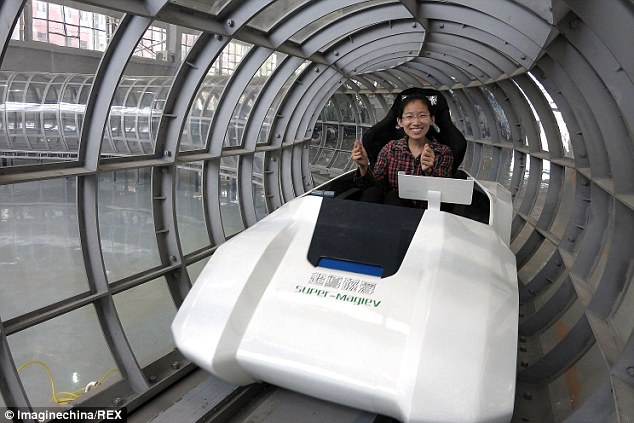Asia is no doubt pioneer pioneer in the deployment of the maglev trains which are well-known for their high speed as compared to conventional trains. But this time China has made a toy looking train with even higher speeds using the concept of “super maglev loop”. The superconducting maglev loop is developed at Southwest Jiatong University by the team of Dr. Deng Zigang who is a renown expert in this technology. Before this, he had also made a high-temperature superconducting maglev loop. The earlier loop was not equipped with enclosed tube. This new loop will surely break the records and reach the heights of speed one day.
Maglev trains came into being in last century when the first Maglev train was used at Birmingham airport with a very low speed. With the passage of time, the speed of the Maglev train kept on increasing and now we are at the verge of seeing speeds in the range of 1800mph. The Maglev used at Birmingham airport was running at a speed of 42km/h only. The current highest speed of Maglev train is 431km/h in China which is much less than Super Maglev speed. The whole credit goes to the vacuum tube used which reduces the air friction which is the largest limiting factor for speed.
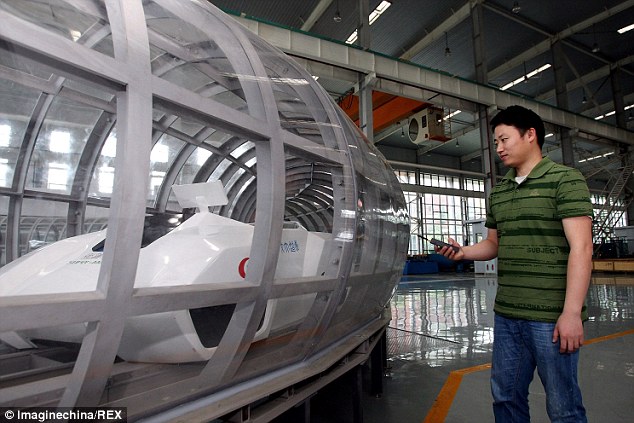
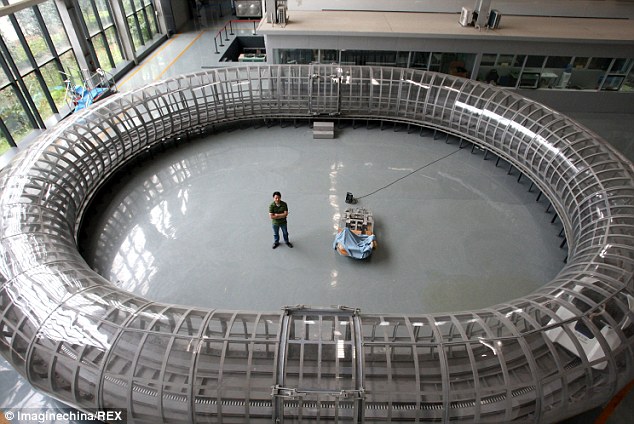
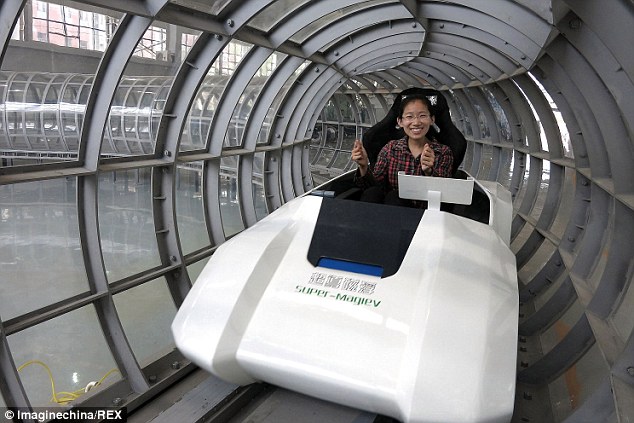
Dr. Zigang says, “If the running speed exceeds 400 kilometers (250 miles) per hour, more than 83 per ceny of traction energy will wastefully dissipate in air resistance. Aerodynamic noise will break through 90 decibels (the environmental standard is 75 decibels).” Actually, the tube used reduces the air resistance up to 10 times as compared to the atmospheric pressure. According to professor, some other transportation systems in the world also reduce the air resistance like Swiss Metro System. These systems eliminate the air drag and a pushing force is used to make the train move ahead with higher speed.
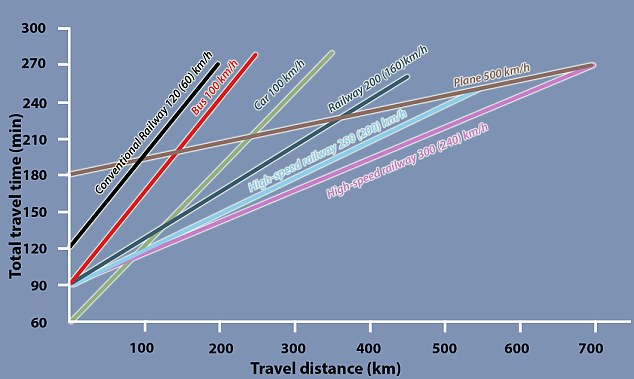
The professor sees its future not only in transporting people and goods but also as a space shuttle. Professor says two goals had to be achieved in order to develop the project successfully: “The first one was to create a high temperature superconducting ring that can move at a speed of 25km/h and the second one was to cover that ring with vacuum tube to avoid the air resistance. The system is being tested at the moment and the outcomes will be released in near future.”
